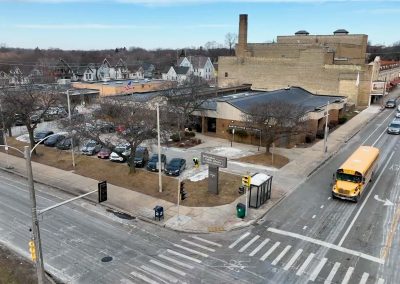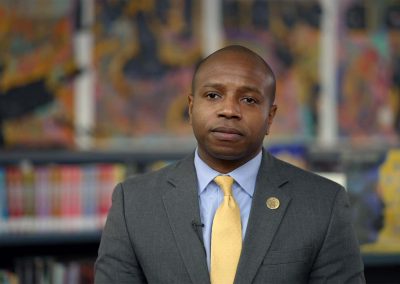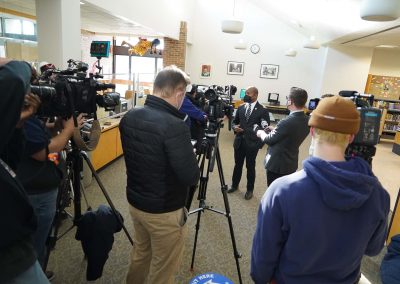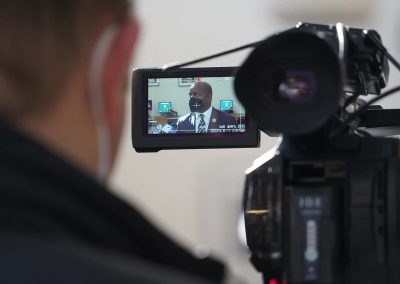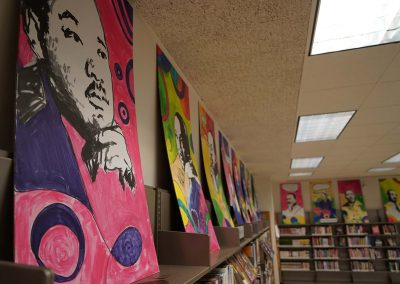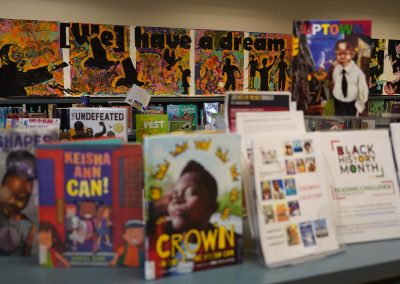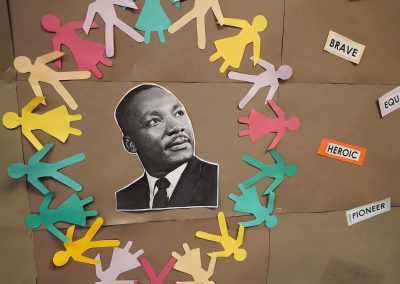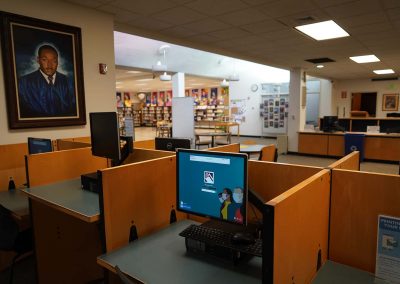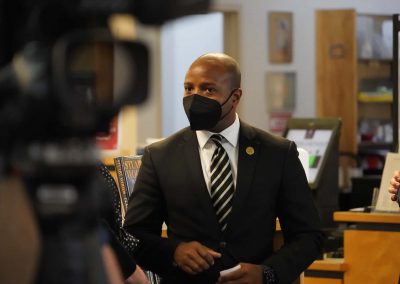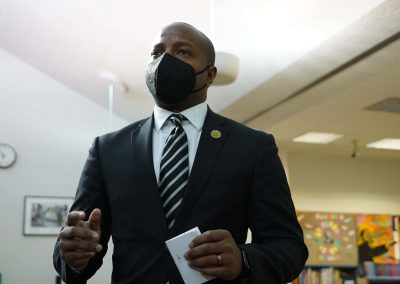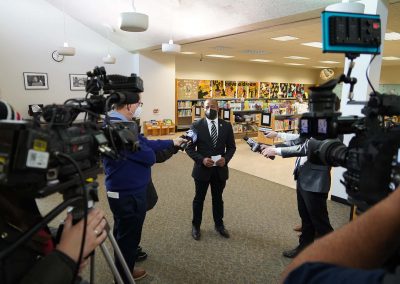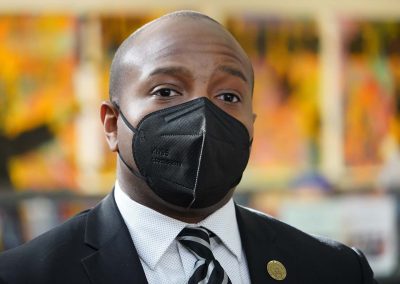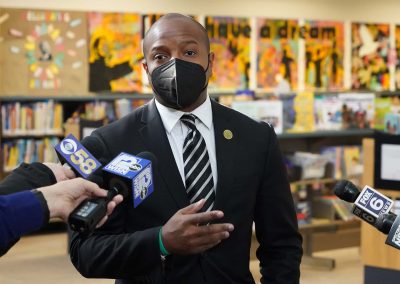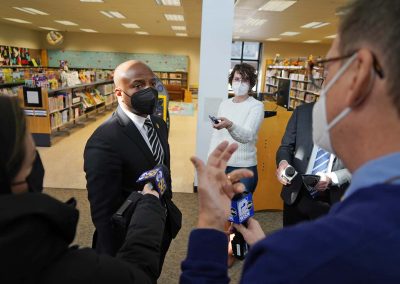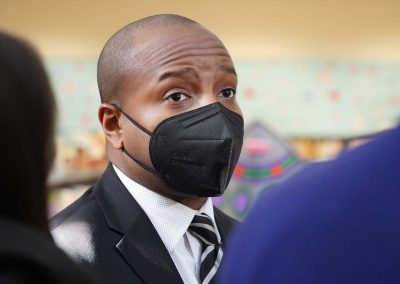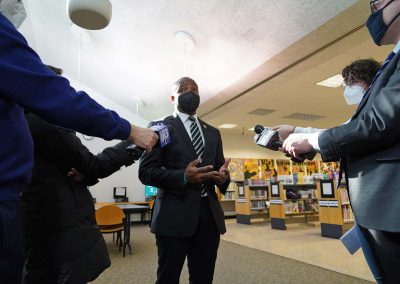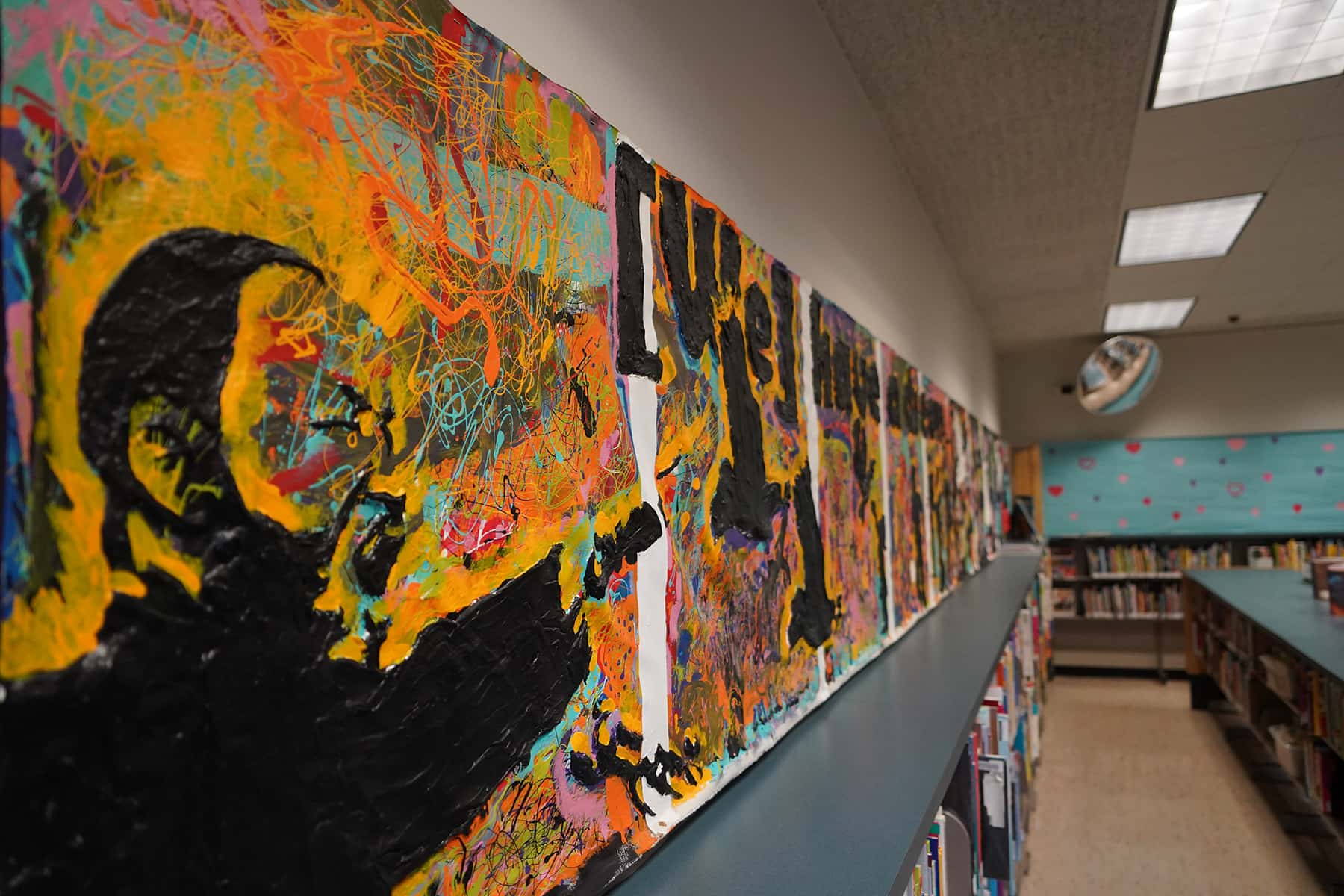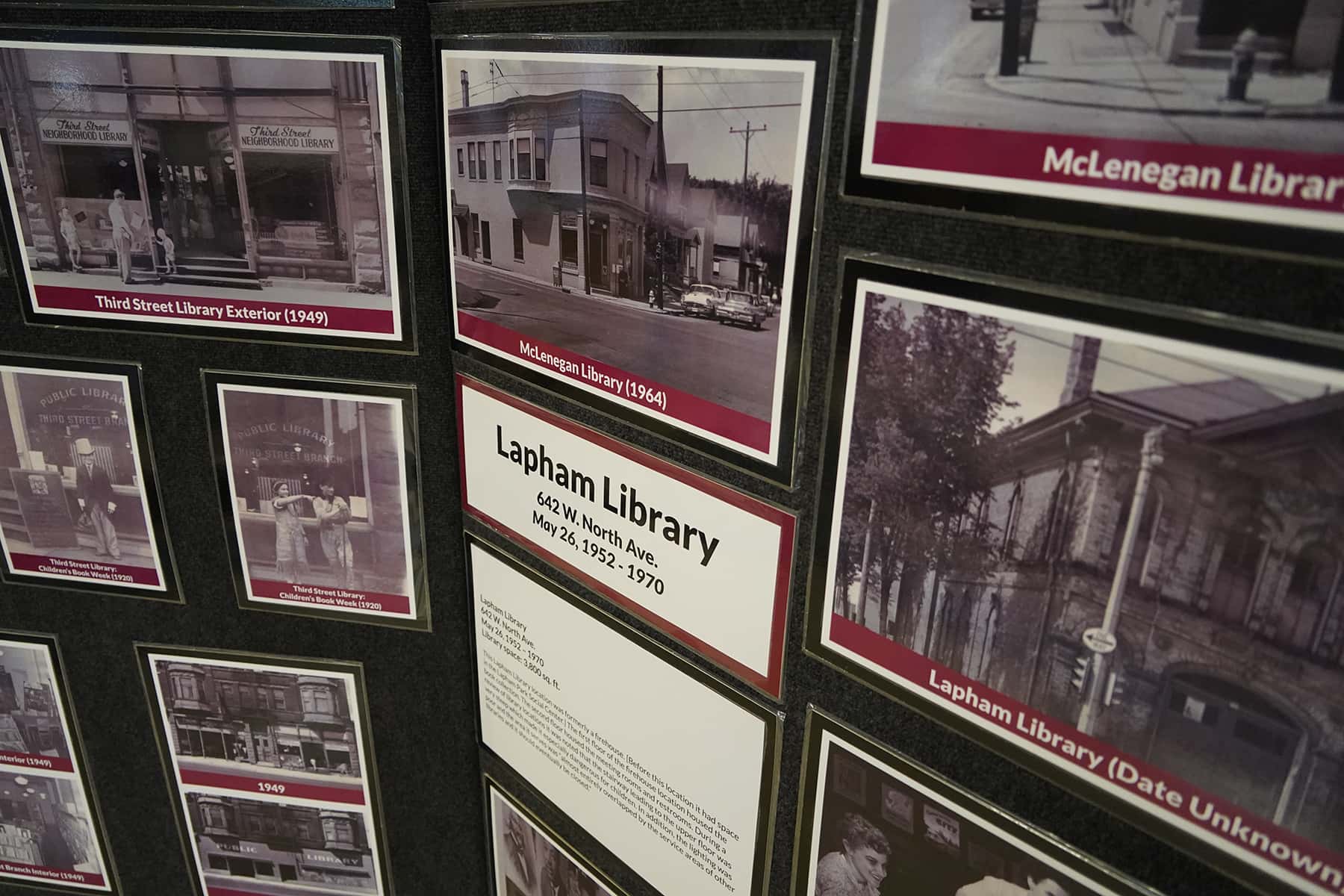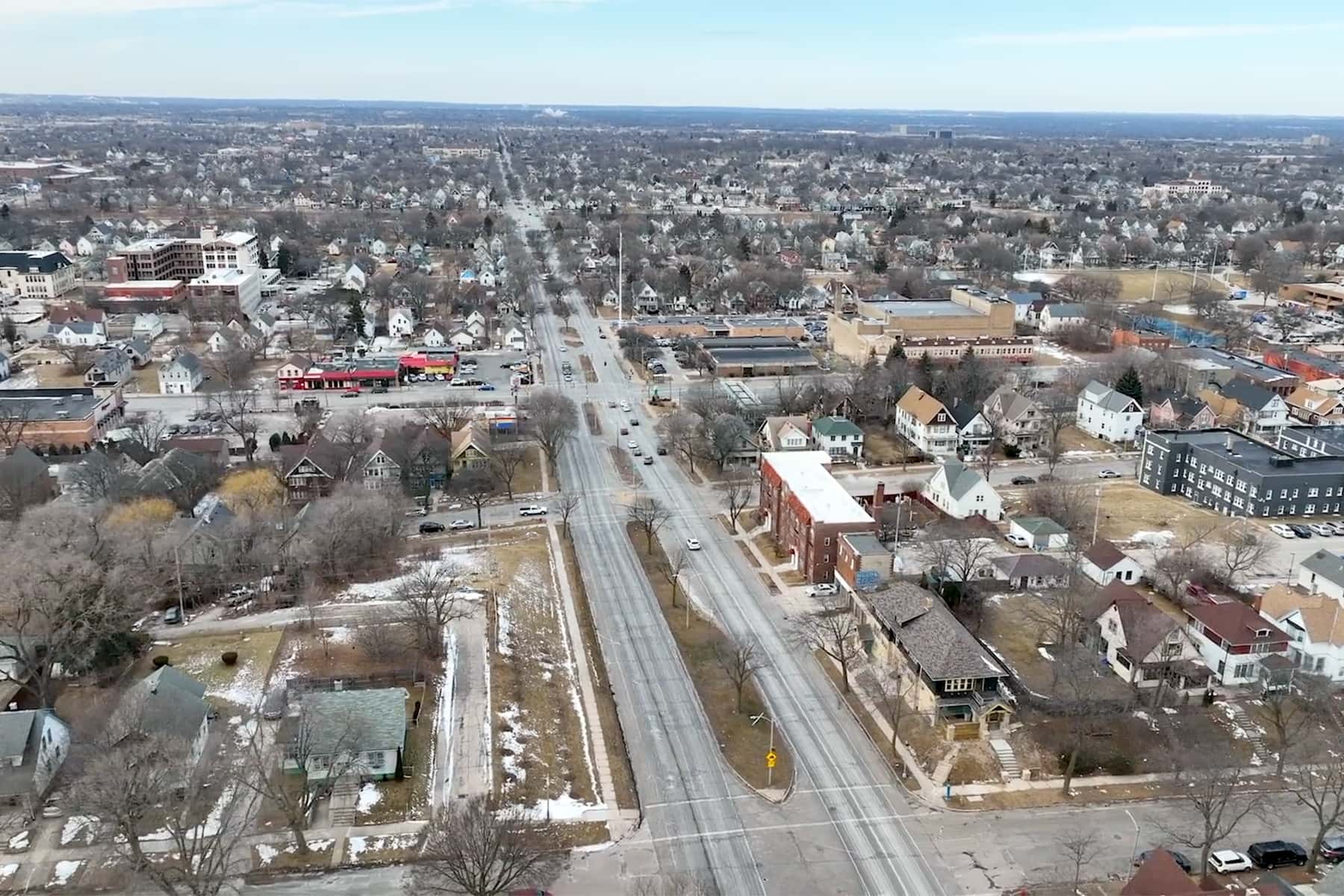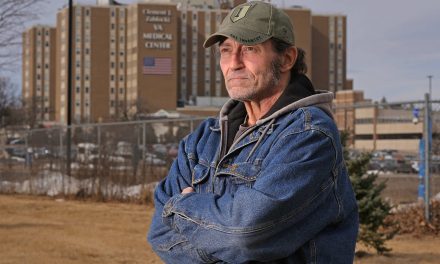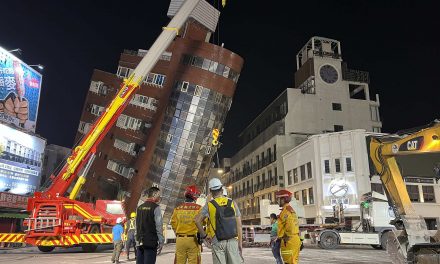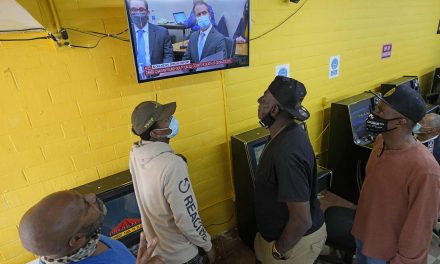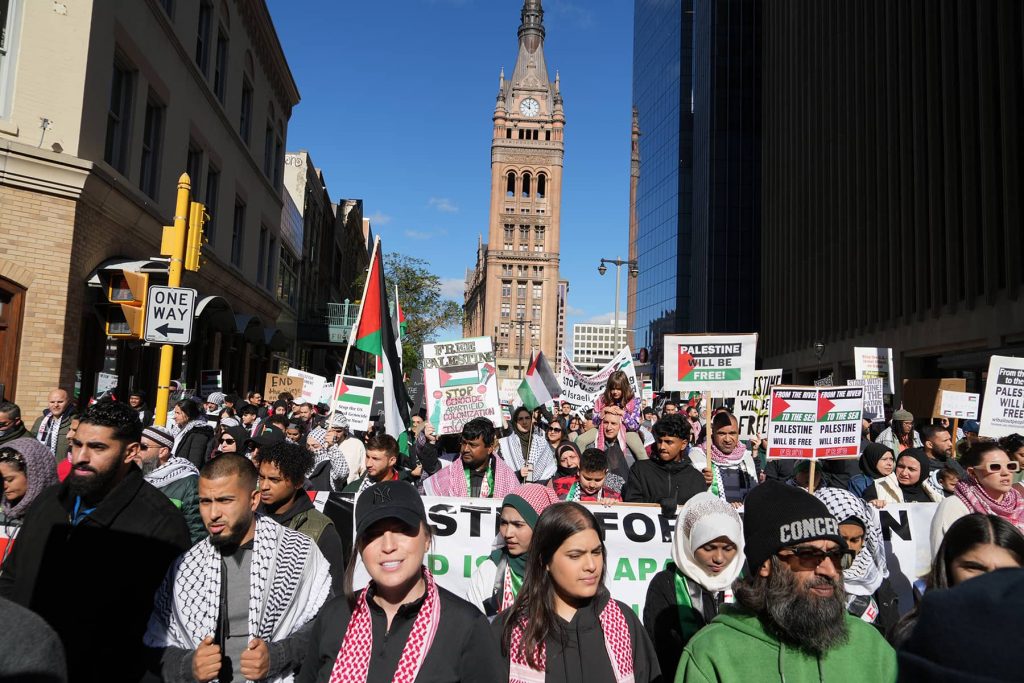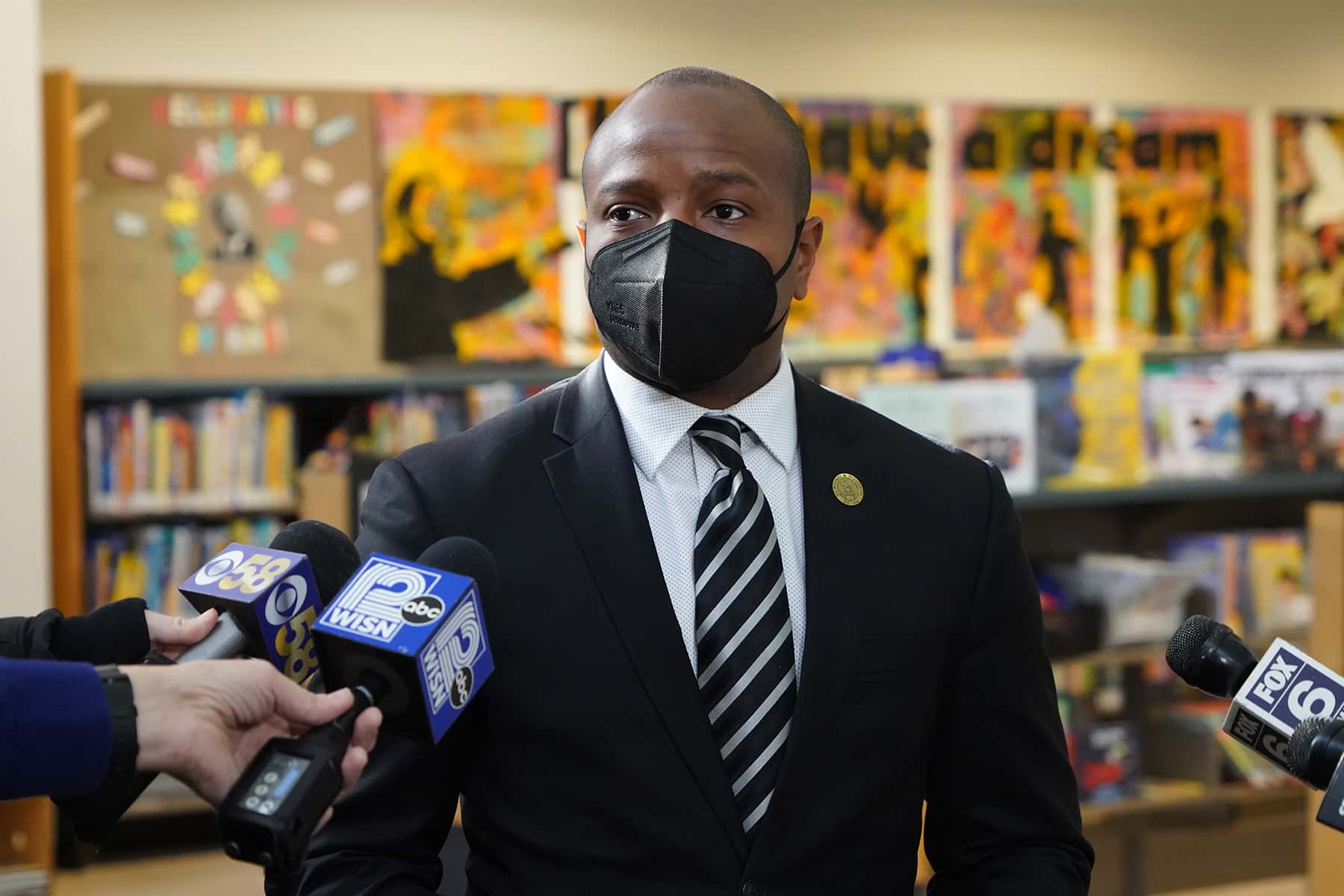
For the second year in a row the City of Milwaukee’s “State of the City” address was held virtually due to the pandemic, and for the first time in just under two decades the speech was not given by Mayor Tom Barrett.
With the resignation of Barrett in December, Common Council President Cavalier Johnson has been the Acting Mayor of Milwaukee. In that capacity, he followed the annual tradition and presented the pre-recorded address to outline his vision for the future of the city on February 7.
Mayor Johnson talked about the changes, challenges, and opportunities ahead in 2022 for Milwaukee, as it grapples with the social and economic impact from two years of the COVID-19 health crisis, following decades of racial inequity.
“You can see this in our plans for economic development. Along with the Department of City Development, I am prioritizing investment and job creation in neighborhoods where they are needed the most. Yes, all of Milwaukee can be proud of the new buildings and new jobs in downtown. Let’s expand on that. Let’s add jobs, and hope, where they have been lacking.”
“If we are to fully realize Milwaukee’s potential, we must understand and address the hardships and barriers that keep so many from leading fulfilled lives. Poverty, a lack of affordable housing, too few family-supporting jobs, trauma, disability, educational shortfalls, and hopelessness, they’re all factors. The solutions must involve city government, yes, but certainly not government alone. Partnerships are the path forward.”
The almost 15 minute speech was originally recorded at the Milwaukee Public Library Martin Luther King Branch, and then broadcast via the City’s Livestream channel and on YouTube. Upon its conclusion and due to COVID restrictions, Mayor Johnson then held a closed press conference with members from local media outlets. One reporter asked why he chose to present his speech so close to the special election.
“The State of the City address is a responsibility of the Mayor,” said Mayor Johnson. “I am the Mayor, and I did just that.”
Traditionally held in early February, the last in-person “State of the City” was held in 2020 at the Potawatomi Hotel & Casino. A month later the pandemic would paralyze the nation. It was a drastic shift from the hopeful promise of the 2019 address, which was held at the Fiserv Forum. It concluded just minutes before the public announcement that Milwaukee had been selected to host the 2020 Democratic National Convention.
Hundreds have attended in previous years, from area residents to business leaders, making it one of the key annual social and political gatherings. The 2022 State of the City comes a week ahead of the spring primary on February 15, to fill the remainder of Former Mayor Barrett’s term. Mayor Johnson is the second Black Mayor of Milwaukee, but would be the first elected Black Mayor if he wins in April.
2022 State of the City of Milwaukee – Virtual Address
Each year we ask chief executives — Presidents, Governors, County Executives, and Mayors to appraise the state of their regions. It is an important evaluation. In this city, it is an opportunity to reflect on where we have been and, more importantly, where we are going.
For Milwaukee, we are in the midst of challenge, of change, and of opportunity.
Challenge, because we continue to wrestle with long standing and stubborn problems including poverty, violence, inequity, and — for the past two years — a pandemic.
Change, because we have reached a generational crossroads in which city and county leadership is in the midst of renewal. The same is happening in business and community leadership.
Opportunity, because Milwaukee has the strength and the ability to achieve great things. The potential of Milwaukee — of our people, our economy, and, and our quality of life — can be fulfilled for everyone in our city.
Right now, public safety stands as the greatest challenge to our success. For two consecutive years, Milwaukee has endured homicide statistics we have never seen before. And, let’s be clear; these are not numbers, they are people. People with families and friends. People whose deaths leave emotional scars on our city.
Over the last month we have seen children shot and killed, a horrific murder of six people across the street from one of my childhood homes, five girls shot outside a high school basketball game, and three law enforcement officers wounded by gunfire. We need a renewed commitment to interrupting this violence and changing the trajectory of our city.
We need to work together to keep guns out of the hands of people who should not have them.
Right now, the city needs to focus on three public safety approaches.
First, law enforcement needs resources and support. We need police — police who are effective, respectful, and fair. We need our police department to undertake reforms so that policing is constitutional and community-focused. Under the leadership of Chief Jeffrey Norman, that’s exactly what we can expect.
This point hits home for me. When I was in my late teens, police stopped me, they ripped me from my car, demanded I sit on the curb and while they searched my car — without permission and without a warrant. Of course, they found nothing, but I can still feel the disrespect, the powerlessness, and yes, my anger from that encounter. Policing doesn’t require that kind of tactic.
The second approach for public safety is intervention. We are investing in the Office of Violence Prevention, where teams are on the ground supporting peace and healing. We are adding the largest investment ever — millions of dollars — into building safety in our neighborhoods. This provides the violence prevention office with the support it needs to continue implementing the Blueprint for Peace. It includes expansion of the work to interrupt retaliatory violence. And, we are bringing that into new neighborhoods including on the south side.
Third, we must focus on prevention. Unless we address the root causes of crime and violence, we will not have a safe city. Poverty is a breeding ground for crime, so prevention must include greater economic opportunities, along with partnerships, early childhood and family supports, and improving our physical environment to reduce crime.
We need the partnership of the state. Proper investment in violence interruption requires resources. And, the judicial system needs to thoughtfully review bail practices. If an accused violent criminal is likely to harm or intimidate more people, then they belong in custody.
Of course, none of this will succeed without residents throughout Milwaukee joining in. Police cannot do it alone; they’ll be the first ones to tell you. Nor can the Office of Violence Prevention. We need the people of Milwaukee to step up, to engage in making Milwaukee safer. We need to build new, open lines of communication with neighbors and with law enforcement. We need to raise expectations of appropriate behavior for all members of our community. Step up and step forward if you have information that will help to solve a crime.
The solution to another big challenge for Milwaukee also requires action from our residents. COVID-19 has killed more than one-thousand people here. It has infected nearly 150,000, some with lasting and debilitating consequences. It has disrupted our schools and our economy.
Vaccination is our path back to normalcy, but too many people are avoiding this simple, safe, and free preventive step. Look, we’ve gone door-to-door; we’ve offered vaccination clinics in just about every neighborhood; we’ve offered cash incentives; and we’ve pleaded with the holdouts. We need everyone to step up to the plate. If you’re vaccinated that’s great; if you’re not vaccinated, get vaccinated. And, if you’ve already gotten your vaccination, then get a booster.
I’m proud of the work done by the people at the Milwaukee Health Department. From the outset, this city team has performed remarkably. Testing, contact tracing, vaccination, mask distribution — the Health Department has exceeded expectations every step of the way.
As COVID moves from pandemic to endemic, the city’s public health experts will continue to lead and to act, doing their very best to protect our residents.
You know, the Milwaukee Public Library has been a health department partner in this pandemic. When COVID closed libraries, there were staff members redeployed to the health department performing tasks like contact tracing. When more than one million masks were handed out, our libraries transformed into key distribution points in neighborhoods across the city.
Our libraries are vital parts of our communities throughout Milwaukee — connecting residents with information, with culture, creativity, economic opportunity, and education. That’s why we are investing in Milwaukee Public Libraries — including new libraries open on Mitchell Street and on Good Hope Road.
As our Library Director Joan Johnson mentioned, the Milwaukee Martin Luther King library branch at King Drive and Locust is the next up for renewal. And, right now, you can add your recommendations for what the inside of this new library should look like. That survey is online at the Milwaukee Public Library website. If you need a hand navigating to that survey, or other parts of the internet, come on into a library; as always, there are librarians ready to assist.
The money we need to invest in libraries, or, for that matter, in police, or in firefighters, or in the health department, that money is getting harder and harder to find. Our municipal finances are strained to an unsustainable extent.
The property taxes we collect and the ability to raise revenues are severely limited by state law. The century-old partnership with the state called shared revenue has broken down — leaving the City of Milwaukee — and local governments all across Wisconsin — without the financial resources needed to deliver basic services. From potholes to police, we simply do not have the money we need to adequately serve our residents.
Thoughtful legislators — both Republicans and Democrats — acknowledge the bind that Milwaukee is in. But recognizing the problem is just the first step. We need solutions, and we need them promptly. I am working toward that goal, and I won’t rest until we win the resources we need.
In this report on the State of the City, there’s a lot of positive to talk about. We live in a city with great assets — natural resources, strong neighborhood associations, a history — and a future — of economic success, and people who are dedicated and hardworking. Our cultural institutions, arts groups, and our sports teams are all adding to our quality of life. We embrace sustainability, and we are making progress establishing Milwaukee as an environmentally and socially smart community.
We are committed to equity. Any objective look at Milwaukee must acknowledge the legacy of discrimination. As we mark Black History Month, we can agree that there have been too many examples of overt and passive hostility to Milwaukee’s residents of color. That harm can be seen in education, in housing, and in economic opportunity. Justice, respect, and fundamental fairness has to be a part of Milwaukee’s future. I am committed to that, and I know the vast majority of people in Milwaukee are, too.
You can see this in our plans for economic development. Along with the Department of City Development, I am prioritizing investment and job creation in neighborhoods where they are needed the most. Yes, all of Milwaukee can be proud of the new buildings and new jobs in downtown. Let’s expand on that. Let’s add jobs, and hope, where they have been lacking.
There are organizations and people throughout Milwaukee who are affecting positive change.
I’ve praised the Milwaukee Health Department and its staff, and there are many other community health resources that have earned recognition. Places like the Sixteenth Street Community Health Centers and the Milwaukee Latino Health Coalition focused on the south side. On the north side, Milwaukee Health Services is another great resource.
Damian Buchman is championing accessibility for all residents of our community with innovative efforts at sports and recreational facilities.
Sherman Park is richer because of the efforts of Bishop Walter Harvey, Parklawn Assembly of God and Prism Economic Development Corporation. They’re behind UpStart Kitchen, which is connecting food entrepreneurs with business opportunity.
In education, there are other leaders who’ve earned recognition. Dr. Chris Her-Xiong is building upon the Hmong American Peace Academy, a highly respected school, by opening its new high school just a few months ago. And, Laura Gutierrez, the executive director of the United Community Center, brought her deep background in education to start a new early childhood school on the south side.
Later this month, America’s Black Holocaust Museum reopens in Milwaukee’s Bronzeville neighborhood under the leadership of Dr. Bert Davis.
This is just a sampling of the countless number of people and organizations changing Milwaukee for the better. They recognize the life challenges so many in our city face.
If we are to fully realize Milwaukee’s potential, we must understand and address the hardships and barriers that keep so many from leading fulfilled lives. Poverty, a lack of affordable housing, too few family-supporting jobs, trauma, disability, educational shortfalls, and hopelessness, they’re all factors. The solutions must involve city government, yes, but certainly not government alone. Partnerships are the path forward.
I want the people of Milwaukee to feel that they are a part of reaching our goals of public safety, of economic strength, and of a greater quality of life for everyone. I am committed to driving meaningful change with new approaches in city government. For us to succeed, our residents need to be more involved in our neighborhoods, in community organizations, in your church’s activities, and in your children’s schools. Be a part of the team and share in the responsibility for shaping the future of Milwaukee.
Yes, I am optimistic about Milwaukee and what the coming years will bring our city and our residents. Good things are ahead, and it’s time to get to work. Thank you.
– Mayor Cavalier Johnson
City of Milwaukee
Lee Matz

